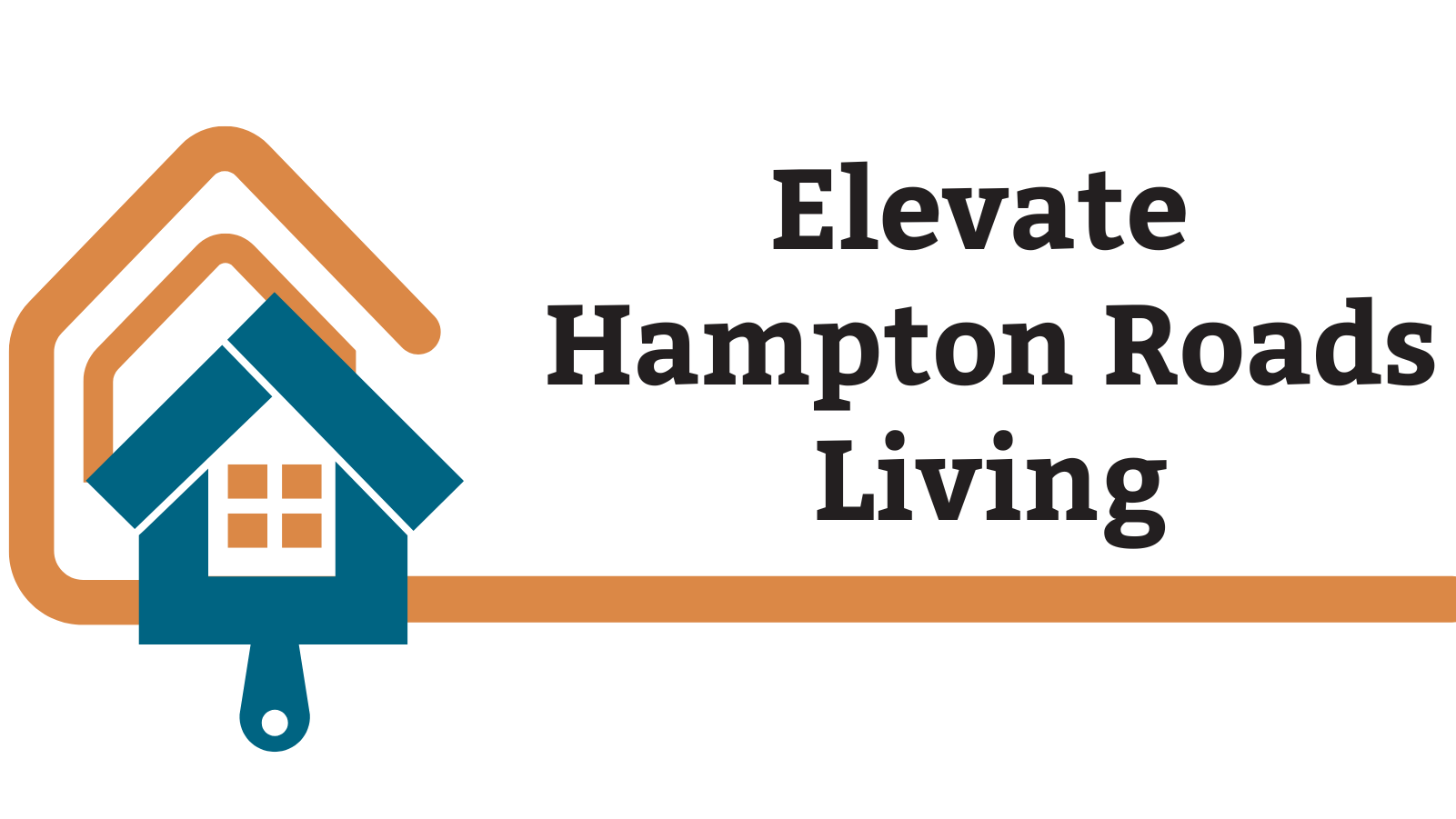
Embracing No Mow May: A Guide to Greener Lawns
No Mow May is more than just a gardening trend; it signifies a movement towards creating wildlife-friendly spaces in our urban and suburban gardens. Every May, homeowners across Virginia have the chance to participate in this initiative, promoting natural habitats for bees, butterflies, and pollinators. The ethos of No Mow May revolves around letting your lawn grow wild, allowing it to flourish and supporting ecological diversity. As James Ewens, a respected gardening expert from Green Feathers, aptly puts it, "Habitat loss, pesticides, and climate change are all contributing to the endangering of pollinators. So it's crucial that these critters are protected and provided for, and this can start in our own gardens."
How to Prepare for No Mow May
Preparing for No Mow May involves more than simply putting away the mower. Homeowners should assess their gardens to ensure they can support the diverse fauna that may choose to visit. A few tips to consider include:
- Choose Native Plants: Incorporate local flora that flourishes without heavy maintenance and provides sustenance for pollinators.
- Grow Wildflowers: Consider planting wildflower seeds to enhance biodiversity and create a vibrant habitat.
- Evaluate Your Lawn Tools: Tools like the Magnusson Scarifier can aerate your lawn and remove thatch, promoting healthier growth when you do decide to cut later.
Why No Mow May is Important
As we strive to increase our environmental awareness, initiatives like No Mow May offer a practical solution. By allowing our gardens to thrive, we can create spaces that bolster the local ecosystem. The National Sales Manager at LBS Horticulture, Graham Smith, emphasizes that gardening can help anyone create their outdoor haven while fostering a sense of responsibility towards the environment.
Future Predictions: A Green Shift
The emergence of eco-focused gardening movements such as No Mow May hints at a broader societal shift towards sustainability. Homeowners are becoming increasingly aware of their role in ensuring that our environment is healthy for future generations. As Tash from the Naturewatch Foundation points out, engaging with nature and doing our part in animal conservation is more vital than ever.
The Emotional Connection to Gardening
For homeowners and avid gardeners alike, the act of allowing wild plants to thrive evokes a deep emotional connection. It’s not just about beautifying your space; it’s about fostering a sanctuary for wildlife. The appreciation garnered from seeing bees and butterflies frequents your garden is immeasurable, contributing to mental well-being.
Engaging in No Mow May can not only enrich biodiversity but also set the foundation for future home enhancements. If you're considering a room addition or home expansion, think about how these outdoor changes can visually and environmentally connect to your indoor spaces. Whether it's an inviting sunroom that lets in natural light or an in-law suite that overlooks a flourishing garden, the possibilities are endless.
Take Action This May!
This May, ponder how you can participate in No Mow May while also considering your next home addition project. Whether you're looking into a garage conversion or a sunroom, remember that thoughtful expansion can harmonize with your newly wild garden, offering a seamless transition between indoor and outdoor living.
 Add Row
Add Row  Add
Add 



Write A Comment